Reviving Ancient Indian Art: Sustainable Crafts (part-1)
- Artmastry
- Apr 14, 2024
- 2 min read
As society changes, so do its values and perceptions of art. Art is a reflection of the socio-political state of a region and the mentality of its people. During war, we seek peace and during boredom, we seek excitement. Art trends change like the tides, and what is popular today may be infamous tomorrow . Some art, however, can be timeless; it ceases to be a fad and becomes a movement. And amidst a harsh life, we turn to things of beauty. Aesthetic perfection is like balm to a tired soul. "It is often when times are difficult that we look forward to the finer things in life." 1. Odisha - Pattachitra
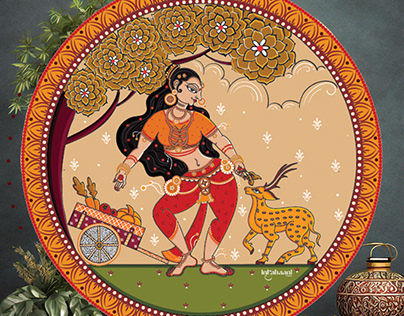
Pattachitra, an ancient Odishan art form blending tradition and innovation, has gained fame for its sustainable practices. Artists use natural materials like cloth, palm leaves, and paper as their canvas. The colours are entirely natural, avoiding synthetic pigments. Additionally, recycled art and the living tradition ensure its preservation and cultural legacy.
2. Maharashtra - Warli Painting
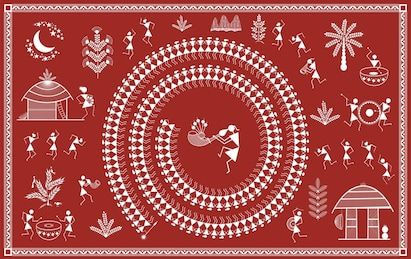
Originating in Maharashtra, India, Warli art beautifully captures rural life. These tribal paintings depict everyday activities, spiritual rituals, and traditions. Using rudimentary shapes like circles and triangles, figures dance in rhythmic patterns, symbolising unity and the eternal cycle of life. This timeless legacy reflects the Warli tribe’s culture and history .
3. Rajasthan - Phad Painting
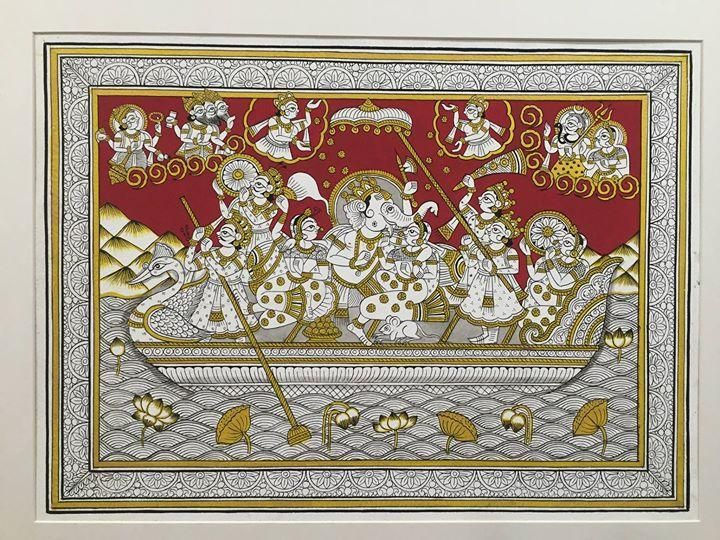
Phad paintings, native to Rajasthan, are large narrative scrolls that tell stories of folk deities like Pabuji and Devnarayan. These scrolls are traditionally unrolled during performances accompanied by ballads and songs.
4. Maharashtra - Dhokra Art
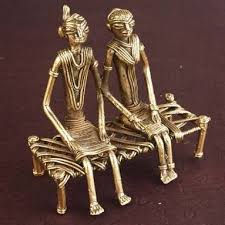
Originating in Maharashtra, India, Dhokra beautifully captures rural life. Using the ancient lost-wax casting technique, this tribal art form employs non-ferrous metals like copper, brass, or bronze. Figures—often depicting humans, animals, and deities—dance in rhythmic patterns, symbolising unity and the eternal cycle of life.
5. Bihar - Madhubani

Also known as Mithila art, Madhubani painting originated in the Mithila region of Bihar. It features intricate geometric patterns, vibrant colours, and depictions of mythological themes.Traditionally, it adorned the walls of homes during festivals and ceremonies.
6. Tamil Nadu - Tanjore
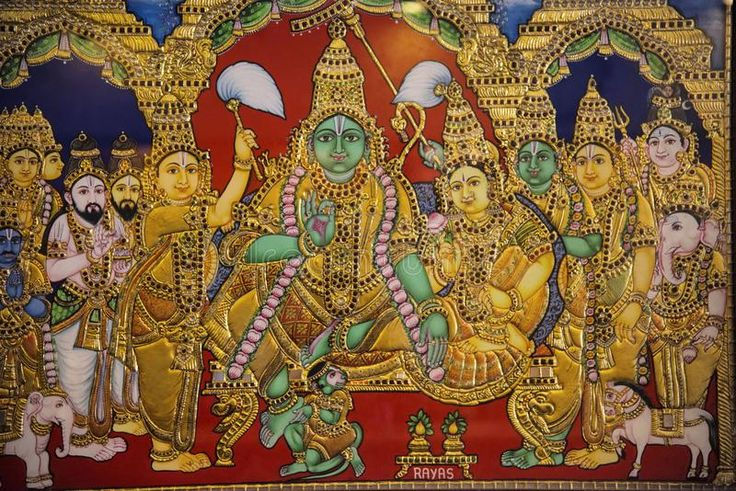
Tanjore paintings, originating in Tamil Nadu, are characterised by their gold leaf embellishments and vivid colours.These artworks often depict Hindu deities, royal figures, and scenes from mythology .
7. West Bengal - Kalighat Painting
Kalighat paintings emerged near the Kalighat Temple in Kolkata. These vibrant watercolour works portray everyday life, social issues, and mythological themes.
They often feature bold outlines and expressive faces.
8. Gujarat - Pithora painting
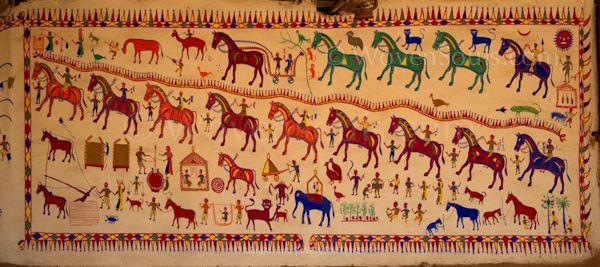
Pithora paintings are ritualistic paintings done by the Rathwa tribes of central Gujarat. These paintings depict the main deity called Pithora and a procession displaying his accomplishments. These paintings in homes are believed to bring peace , prosperity and happiness. These are also believed to bring peace , prosperity and happiness. These are also believed to be an old method of cartography. Thank you for exploring ancient art of India with us on this blog. Part-2 of this blog is coming soon....More to Explore Stay Updated by following us on our Instagram Page @artmastry.










Comments